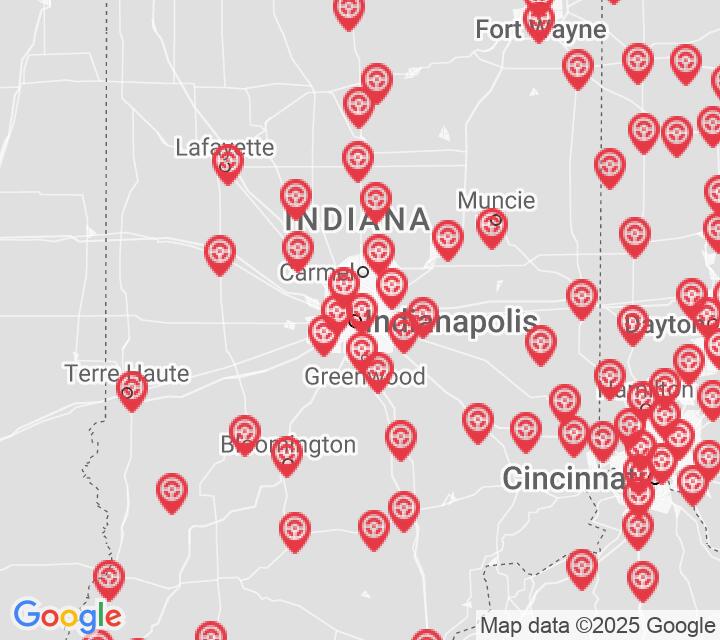Combination
All applicants who are applying for a Class A CDL should be prepared to take the Combination test. This test covers information found in Section 6 of the Commercial Driver License Manual. Section 6 provides the information needed to safely operate tractor-trailers, doubles, triples, and straight trucks with trailers. The test is made up of 20 multiple-choice questions, and applicants will need to correctly answer a minimum of 16 questions to pass. The Combination test is not a replacement for the Double/Triple endorsement test.
Number of Question
Passing Score
15. After connecting the air lines to the trailer while coupling, you should:
Explanation
Correctly following the steps to couple and uncouple trailers is vital to safely operating a combination vehicle. After connecting the air lines to the trailer while coupling, you should supply air to the trailer.
16. In a double or triple combination:
Explanation
When positioning trailers in a combination, the most heavily-loaded trailer should be the closest to the tractor. The lightest trailer should be positioned in the rear.
17. What does the tractor protection valve do?
Explanation
The tractor protection valve keeps air in the tractor or truck braking system, should the trailer break away or develop a bad leak.
18. If a load is placed on one side of a trailer, the trailer:
Explanation
If the weight of a load is placed primarily one side of a trailer, the trailer may lean, increasing the risk of a rollover.
19. Before a drive, ensure that air flows to all trailers by:
Explanation
Before a trip, ensure that air in the air brake system reaches all trailers. Do this by waiting for air pressure to build, then sending air to both the emergency and service lines and opening the shut-off valves on the rear of the last trailer. If air escapes from the shut-off valves in the rear of the combination, the air is being supplied to the entire vehicle.
20. When driving a combination rig, following distance should be:
Explanation


